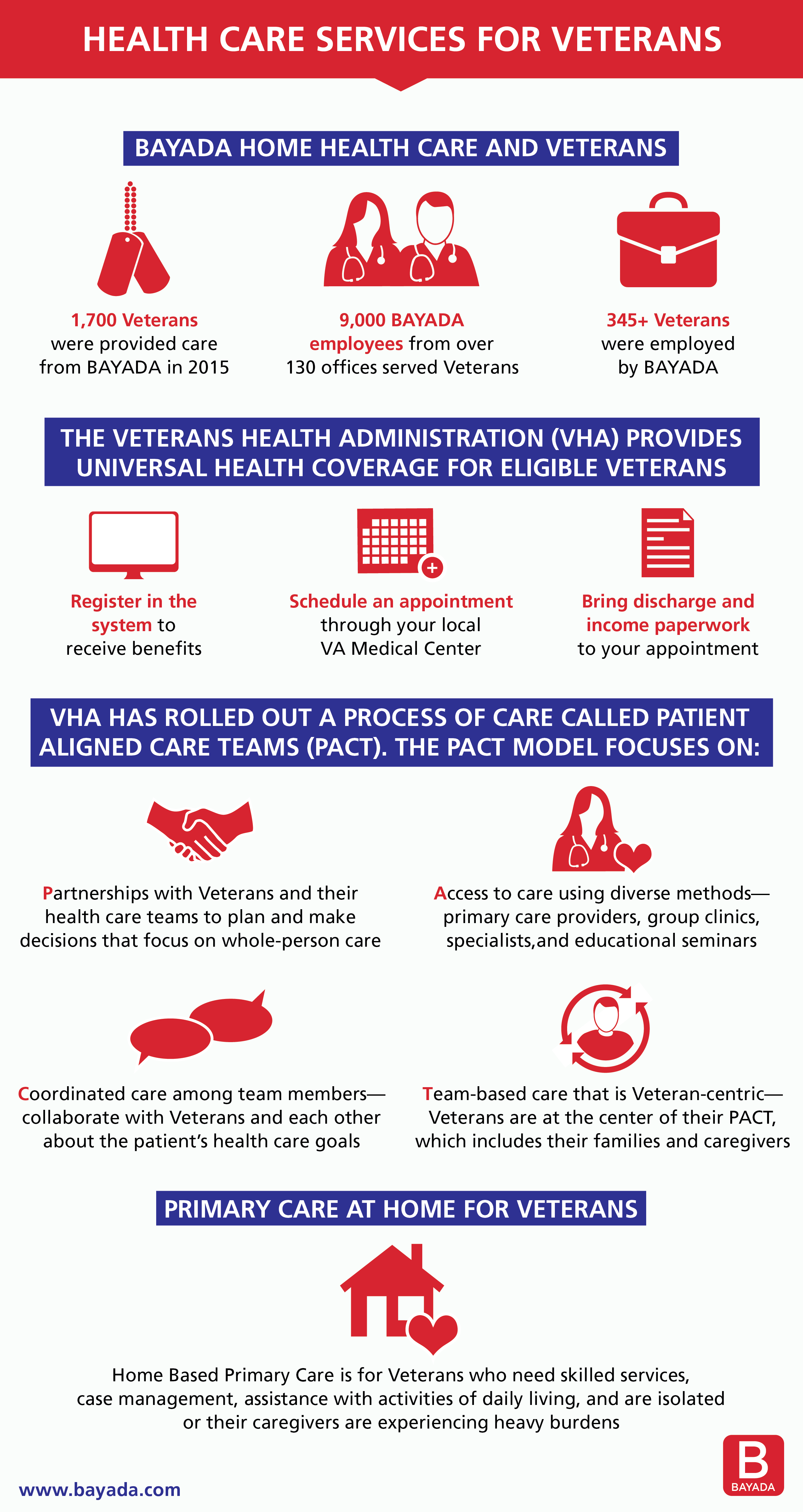The sickest 5% of the population create 50% of overall healthcare expenses, while the healthiest 50% only produce 3% of expenses. People have less financial incentive to stay healthy: Without a copay, people might overuse emergency situation spaces and doctors. There are long wait times for optional procedures: The federal government focuses on supplying standard and emergency health care.
Healthcare expenses. For instance, some Canadian provinces spend nearly 40% of their budget plans on health care. with a low likelihood of success. This includes drugs for uncommon conditions and pricey end-of-life care. In the United States, take care of patients in the last 6 years of life comprises one-fourth of the Medicare spending plan.
Standardizes service. Creates a much healthier workforce. Avoids future social costs. Guides people to make much healthier choices. Downsides Healthy individuals pay for the sickest. People have less financial reward to stay healthy. Long wait times. Physicians might cut care to reduce expenses. Healthcare expenses overwhelm government spending plans. The federal government might limit services that have a low likelihood of success There are three universal healthcare designs.
Nations typically integrate universal health coverage with other systems to introduce competition. These choices can decrease costs, expand choice, or improve care. Citizens can also choose better services with additional personal insurance. The United States provides various models for populations such as the elderly, veterans, and low-income people. In a single-payer system, the government offers free health care paid for with earnings from income taxes.
Every citizen has the very same access to care. This is called the Beveridge Design. When federal governments offer health care, they work to make sure physicians and hospitals supply quality care at an affordable cost. They should gather and analyze information. They can likewise use their acquiring power to influence health care companies.
What Does How Much Does Health Care Cost Mean?
Other nations consist of Spain, New Zealand, and Cuba. The United States provides it to veterans and military workers with the Department of Veterans Affairs and the militaries. Countries that use a social medical insurance design needs everyone to buy insurance, typically through their employers. The taxes go into a government-run medical insurance fund that covers everyone.
The government controls health insurance prices. It also has a lot of clout to manage the private-providers' prices. Germany established this system. France, Belgium, the Netherlands, Japan and Switzerland also use it. The U.S. Obamacare system likewise needs insurance coverage, however there are lots of exemptions. It is also similar in that it provides subsidies to health insurance coverage companies for low-income enrollees.
Every person pays into the nationwide insurance coverage strategy. Administrative expenses are lower since there is one insurance provider. The federal government has a lot of take advantage of to force medical costs down. Canada, Taiwan, and South Korea use this design. The U.S. Medicare, Medicaid, and TRICARE systems likewise utilize this model Australia has a mixed health strategy.

Everybody gets coverage. People should pay deductibles before government payments start. Lots of locals are prepared to pay for additional personal health insurance to get a greater quality of care. Government regulations protect seniors, the poor, children, and rural residents. In 2018, healthcare expense 9. 3% of Australia's gross domestic product.
The per capita cost was US$ 5,005, about average for industrialized nations. There were 42. 6% of patients who reported a wait time of more than four weeks to see an expert. Australia had one of the very best infant death rates of the compared nations at 3. 1%. Canada has a nationwide health insurance system.
More About Which Of The Following Are Characteristics Of The Medical Care Determinants Of Health?

Private extra insurance spends for vision, dental care, and prescription drugs. Medical facilities are publicly moneyed. They supply totally free care to all locals no matter their capability to pay. The federal government keeps hospitals on a set budget to control costs, however repays physicians at a fee-for-service rate. In 2018, health care expense 10.
The expense per individual was US$ 4,974. A massive 62. 8% of patients waited more than four weeks to see a professional. The infant death rate was 4. 3%, among the countries compared. France has a social medical insurance system that provides care to all legal residents. That includes medical facilities, physicians, drugs, and some oral and vision care.
Of that, payroll taxes fund 64%, earnings taxes spend for 16%, and 12% is from tobacco and alcohol taxes. In 2018, healthcare expense 11. 2% of GDP. That was US$ 4,965 per person. Half of all patients reported a wait time of more than four weeks to see a specialist.
4%. These data are all in the middle of the pack for industrialized nations - a health care professional is caring for a patient who is about to begin taking losartan. Germany has a social medical insurance program. Everybody needs to have public health insurance, but those above a certain earnings can select personal insurance instead. The state-sponsored insurance covers hospitalization, other than for meals and lodging. It also covers rehab for hospital stays, psychological health, and dependency.
Funding originates from payroll taxes. In 2018, healthcare cost 11. 2% of GDP. It balanced US$ 5,986 per individual. Both figures have to do with average. Only 28. 1% of patients reported a wait time of more than 4 weeks to see a professional. That is amongst the least expensive of the developed nations.
What Does A Health Care Professional Is Caring For A Patient Who Is About To Begin Taking Cabergoline Mean?
The infant death rate was 3. 1%. The nation has a social medical insurance system for all residents. a health care professional is caring for a patient who is taking zolpidem. Coverage is supplied by completing personal insurance provider. Homeowners pay premiums approximately 8% of their income. The federal government reimburses them for any higher expenses. Individuals can buy supplemental insurance to access better medical facilities, medical professionals, and amenities.
2% of GDP. It was USD $7,317 per individual. Just 27. 3% of clients reported a wait time of more than four weeks https://castbox.fm/episode/Finding-Addiction-Treatment-in-Miami-Florida-id2801530-id255484140 to see a professional. The baby mortality rate was 3. 7%. The United Kingdom has single-payer health care that covers all citizens. Visitors get care for emergency situations and transmittable illness.
The government pays 80% of expenses through income and payroll taxes. The rest is paid from copayments and people paying out-of-pocket for NHS services. It spends for all medical care, including some dental and eye care, hospice care, and some long-term care. There are some copays for drugs. In 2015, 10.
residents had personal insurance coverage for optional medical treatments. In 2018, health care costs were 9. 8% of GDP. The expense was US $4,069 per individual. However 46. 4% of clients reported a wait time of more than four weeks to see an expert. The baby mortality rate was 3. 6%.
As an outcome, 67. 2% of Americans have private medical insurance, mainly from their employers. The federal government supports private medical insurance through Obamacare. Another 37. 7% of Americans have government coverage. These include Medicaid, Medicare, Children's Medical insurance Program, and military coverage including the Veterans Administration. Only 8. 5% had no coverage at all.
More About What Does The Constitution Say About Health Care
Numerous democratic candidates promote universal healthcare under the title "Medicare for All." In 2018, health care Alcohol Abuse Treatment expense 16. 9% of GDP. That was an incredible US$ 10,586 per individual. About 28% of patients reported a wait time of more than four weeks to see a specialist. That's about the very same as Germany and Switzerland.